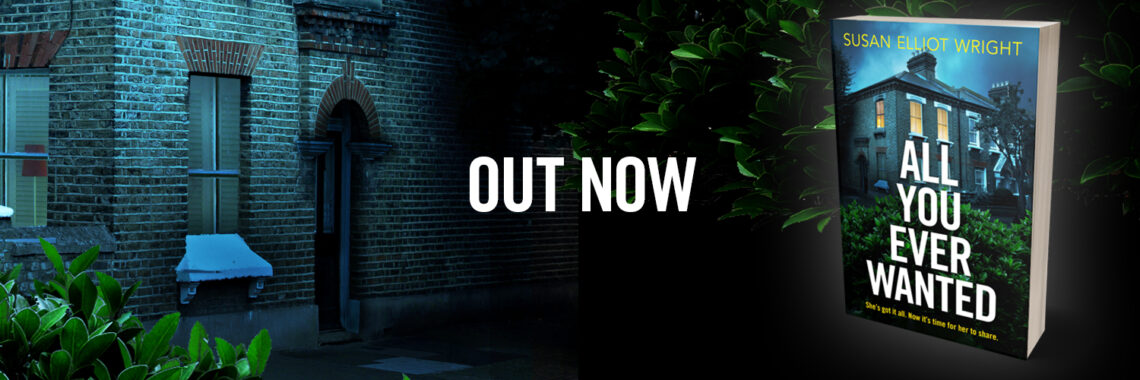A quick-ish one today, because I’m under pressure from my self-imposed deadline of the end of this month to finish the ‘zero draft’ of book 4, working title When the Bough Breaks. More of this in a moment, but I’ve just realised I haven’t yet shared with you the cover of my new book, What She Lost, which is out on 9th March, so here it is:
Gorgeous, isn’t it? Well done Simon & Schuster – I absolutely love it! Here’s the blurb:
Eleanor and her mother Marjorie have always had a difficult relationship and although they’ve tried, they have somehow just failed to connect.
Now Marjorie has Alzheimer’s, and as her memory fades, her grip on what she has kept hidden begins to loosen. When she calls her daughter to say, ‘There’s something I have to tell you’, Eleanor hopes this will be the moment she learns the truth about the terrible secret that has cast a shadow over both their lives.
But Marjorie’s memory is failing fast and she can’t recall what she wanted to say. Eleanor knows time is running out, and as she tries to gently uncover the truth before it becomes lost inside her mother’s mind forever, she begins to discover what really happened when she was a child – and why…
Very excited about this now, especially as it was such an absolute bugger to write. Those of you who follow this blog may remember the agonies I went through with this book. After a dreadful first draft, I completely rewrote around 80% of it. It was a mammoth task, but definitely worth the effort because it resulted in a much better book, and one I now feel proud of.
So, moving on to book 4. I’m now at 69,000 words, thanks to my two visual incentives. First, there’s the calendar. I gave myself around four months to write this draft, with a target of 1000 words a day and an absolute minimum of 200 words. Every cross on the calendar means I wrote at the very least 200 words on that day, and where there is a dot as well as a cross, it means I hit my 1000 word target.
As you can see, I now have just 20 days (including today) to finish the draft. I’m guessing I have about another 10 to 15,000 words to write, so it’s just about doable. Somehow, I’ve GOT to do it! My second incentive Works on a visual level, but also promises a tangible reward. I took two glasses and put 90 five pence pieces in one of them. Each coin represents 1000 words of this draft. (It’ll probably be slightly less than that, but who knows.) For each thousand words I write, I take a 5p out of the glass, but I put a one pound coin in the other glass. The idea is that when I finish this draft, there will be enough quids in the pot for myself and himself to celebrate with a nice meal out and a bottle of bubbly.
Of course, once I’ve got to the end of a zero draft, I need to go back to the beginning and write what I hope will be decent ‘first’ draft, something which, once I’ve spent some time editing and tidying it, will be in a good enough shape to send to my agent.
Right, I’ll leave it there for now – must crack on!
PS A quick plug for the workshops – there’s one coming up on 22nd of October called Bringing Your Characters to Life. Details of that, and the other Writing a Novel workshops can be found on my website.

















